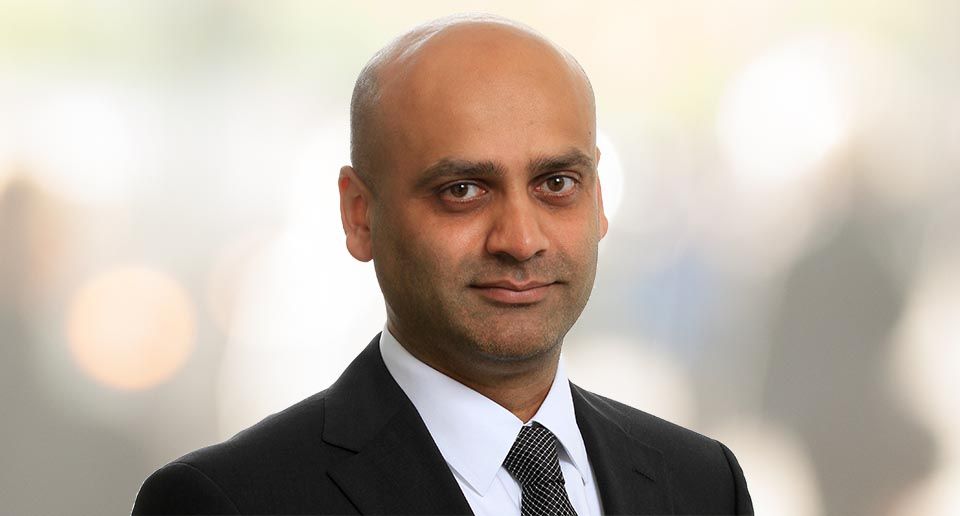In March the UN held a conference in New York to discuss water. It was the first time the conference had been held since 1977. Despite some 2 billion people lacking access to safe drinking water and 40% of the world’s population affected by water scarcity, little attention has been paid to this sector.
More than 90% of disasters are water related. Fresh water as a resource lacks alternatives and is not renewable, the opposite to energy and fossil fuels. The pressure on freshwater demand is expected to outstrip supply by 40% by 2023, with water playing a key role in climate change and the global food crisis.
The deployment of both public and private capital will be crucial in helping to address both challenges. So how can ESG investors navigate the water and wastewater sectors, which present both challenges and opportunities?
Desalination and sanitation
The water industry will have to step up its effort on innovation not only on efficiency, but more importantly on increasing access to fresh water and building a stronger grid, which will provide water security at a time when demand is outstripping supply.
Desalination will play a role in improving access and security in water-stressed areas. In London, Thames Water is taking brackish water from the river Thames at its Becton Desalination Plant and converting it into drinkable water via reverse osmosis. However, the greater payback will come via water recovery, which is kinder to the environment and has a lower carbon footprint.
Although access to freshwater hogs the limelight, sanitation remains a priority, as the world becomes increasingly urbanised. The building of a 25 kilometre super sewer in London by Thames Water at a cost of £4.5bn and completing in 2025 was financed via investors.
Infrastructure
The UK water sector had its watershed moment in 1989 when the Thatcher government decided to privatise state-owned water and sewage utilities in England and Wales. Nearly 35 years later, most of the companies are in private ownership, apart from United Utilities, Severn Trent and Pennon, which are listed on the London Stock Exchange.
The sector has come under intense criticism over prioritising shareholder returns vs long-term infrastructure investment resulting in sewage spills and water leaks. On the former, there were an average of 825 spills into rivers and seas in England totally 1.75 million hours in 2022. The water companies in the England and Wales lost 1.1 trillion litres via leaky pipes over 2021.
The UK water utility sector remains a challenging place for ESG investors and engaging with the companies remains a key focus for sustainable managers.
The US needs to upgrade its water and wastewater infrastructure, which was built in the 1960s and 1970s. The average US water-network pipe system is 45 years old, with cast-iron pipes which are 100 years old.
The US government passed a $1trn infrastructure bill in 2021, which set aside $55bn to expand access to clean drinking across all sectors of the economy.
Financing
The catalyst for innovation is very much financial with businesses reporting to the CDP in 2022 water-related opportunities up to $436m, representing an average of £250m per company. Innovative financing by corporates will have a key role to play and one example is the €500m sustainability bond by Adidas in 2020, which was more than five times oversubscribed. Green bonds are at a nascent stage, but water efficiency will play a key role in their growth over the next decade as businesses across all sectors manage their resources.





